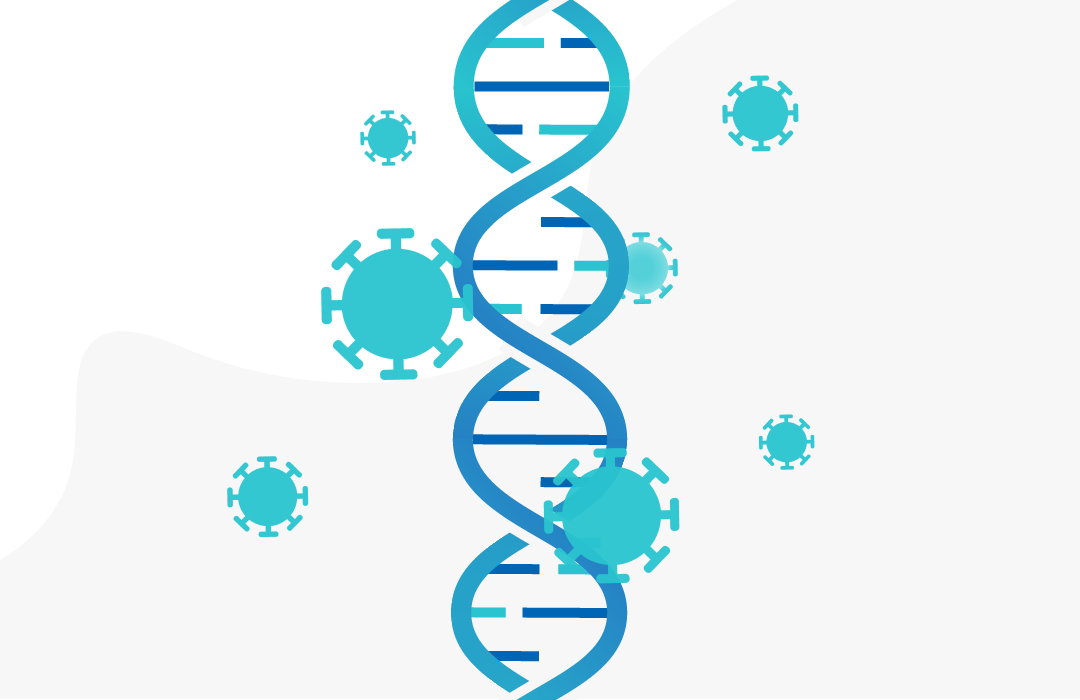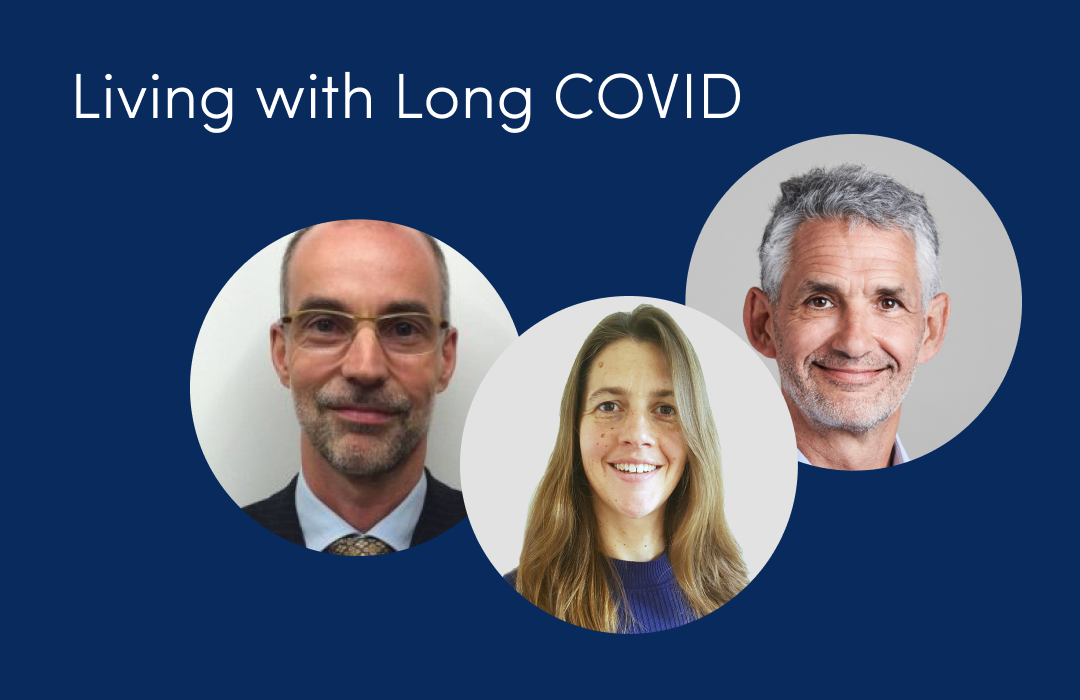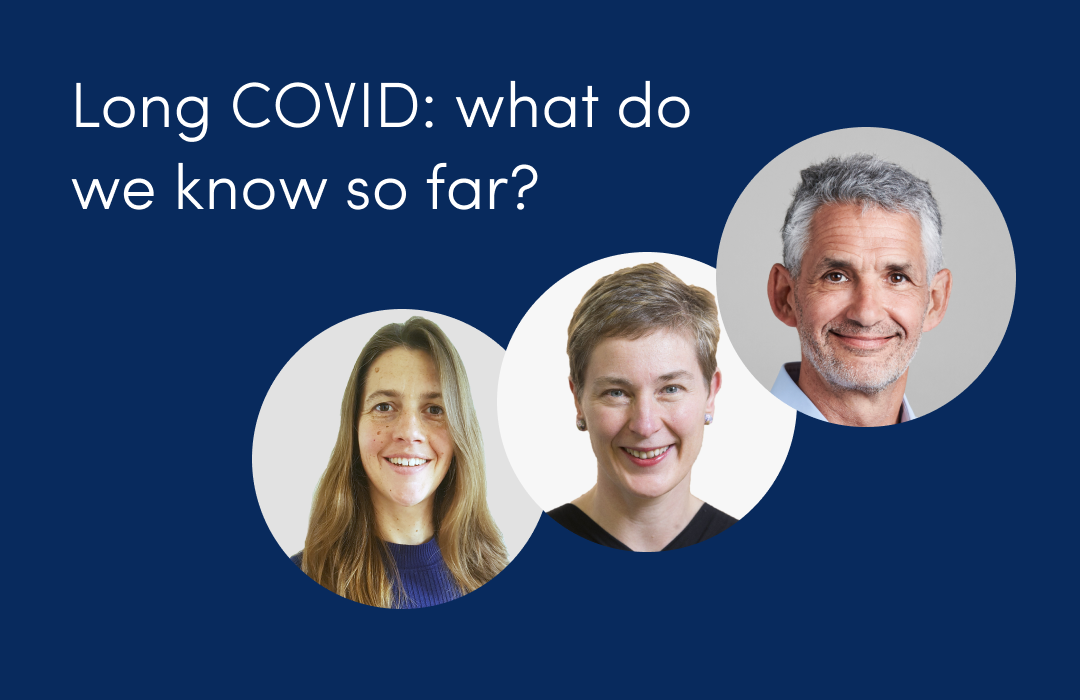.png)
How we calculate COVID-19 incidence has changed and rates have now reduced
February 23, 2021

This article has not been updated recently
This week, our data scientists made some changes to the way we calculate COVID-19 incidence rates and invite people to have a COVID test, to take into account the way that the after effects of vaccination are reported in the app.
This means our estimates of COVID-19 incidence across the UK and the R number (a measure of how the virus is spreading) have decreased slightly.
Here’s why the numbers needed revision and how we fixed it.
There are similarities between COVID-19 symptoms and vaccine after effects
The ZOE COVID Symptom Study has been running since March 2020, asking people to record any symptoms that might be COVID-19. Over that time more than 4.5 million contributors have logged more than 285 million daily health reports, providing vital insights into the symptoms and spread of COVID-19. Unlike other methods we produce our results in real-time each day.
When the UK vaccination programme started in December, we rolled out a new feature for people to log their vaccine and report any after effects. This includes whole body (systemic) effects caused by the vaccine stimulating the immune system to recognise the virus.
However, some of these systemic after effects are similar to symptoms of COVID-19, and it is still possible to catch COVID-19 after you’ve been vaccinated, especially in the first couple of weeks.
This makes it difficult for the app to tell the difference between systemic (whole body) vaccine after effects and symptoms of the virus. So we were inviting anyone with symptoms that could be COVID-19 to get a test, even if they’d just been vaccinated.
Separating COVID-19 symptoms and vaccine effects means fewer people will be offered a PCR test
Our data scientists have now adjusted our prediction algorithm to help separate genuine new COVID-19 cases from vaccine after effects.
This means that anyone reporting known vaccine after effects in the first three days after their jab is not counted as a potential COVID-19 case and will not be invited to have a PCR COVID test through the app.
Anyone reporting symptoms that are known to be associated with COVID-19 but not vaccination - such as loss of smell, sudden confusion, skin rash or changes to the mouth or tongue - will still be invited to have a test and counted as a potential case, along with people experiencing systemic effects that last longer than three days after their jab.
If you start to feel unwell and you haven’t had a COVID-19 vaccine, you should log your symptoms in the app and you may be offered a test.
Before and after: recalculating COVID-19 incidence and R
These changes mean that we have updated our recent calculations of the predicted incidence of COVID-19 in the UK and the R number (a measure of how the virus is spreading), and both numbers have now reduced compared to the old estimates.
Last week, we originally estimated that there were around 14,000 cases of COVID-19 in the UK, and that the R number was creeping up to 1 or rising in some areas. This made us concerned that the rapid fall in cases in response to lockdown and vaccination had stopped.
However, our revised calculations show that there are around 9,000 cases, and that the R value has remained at around 0.9, suggesting a slowing, but still in the right direction.
This graph shows how the two trends compare based on our previous (orange) and new (blue) calculations:

Let’s keep going
The good news is that the combined impact of lockdown and vaccination is working to curb the pandemic and save lives. But we’re still seeing a slight slowdown in the rate of decrease, and we have some way to go before the virus is under control and everyone is protected.
The ZOE COVID Symptom Study is the only way of following the pandemic in near-real time. It’s vital that we keep a close eye on cases across the regions of the UK to help inform the Government about the way forward and spot any potential new variants emerging.
We urge everyone to download the ZOE COVID Symptom Study app to log your jab and spend just a minute every day reporting your health to help us map the spread of COVID-19 and and monitor the impact and health effects of vaccination.
And we’re highlighting our School Communities programme ahead of the anticipated return to school next month, and urge headteachers across the UK to sign up to help protect children and staff.
Stay safe and keep logging.












.png)


.jpg)














.png)







%202.png)
.png)


















.png)






